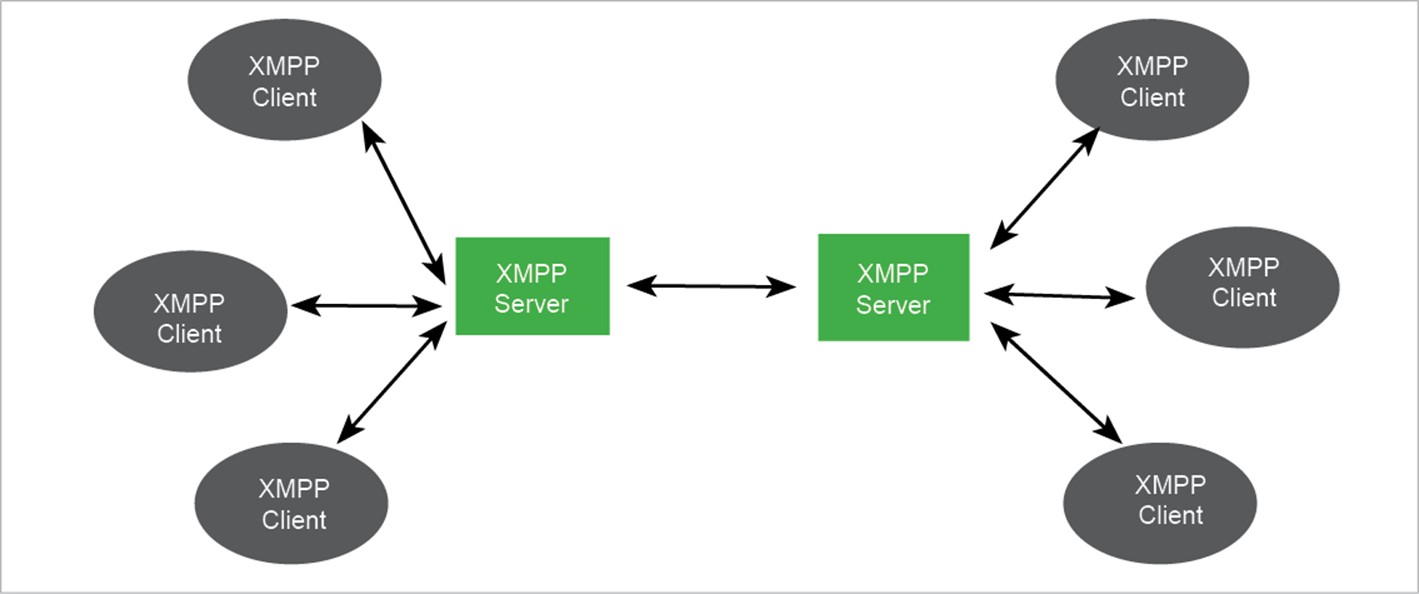
XMPP is an open set of rules for streaming XML elements in order to swap messages and presence information in close to real-time. It enables the discovery of services residing locally or across a network, as well as finding out about the availability of these services. It is well-matched for cloud computing where virtual machines, networks and firewalls would otherwise present obstacles to alternative service discovery and presence-based solutions. Along with validation and in-transit data protection, XMPP can be useful at many levels and may prove ideal as an extensible middleware (MOM) protocol.
- MQTT is a lightweight publisher/subscriber protocol, which makes it a clear choice when implementing M2M on memory-constrained devices.
- MQTT does not define a message format; with XMPP you can define the message format and get structured data from devices. The defined structure helps validate messages, making it easier to handle and understand data coming from these connected devices.
- XMPP builds a device’s identity (also called a Jabber ID). In MQTT, identities are created and managed separately in broker implementations.
- XMPP supports federation, which means that devices from different manufacturers connected to different platforms can talk to each other with a standard communication protocol.
- MQTT has different levels of quality of service. This flexibility is not available in XMPP.
- MQTT deployments become difficult to manage when the number of devices increases, while XMPP scales very easily.
XMPP can be used with HTTP in two ways: polling and binding. Binding methods are applied using bi-directional streams over synchronous HTTP. Direct messaging is used as a method for immediate message transmission to and reception from online users. XMPP provides a lot of support for communication, making it well suited for use within the realm of the Internet of Things.
Auto257
XMPP: A Communication Protocol for the IoT
XMPP-based infrastructure for IoT network management and rapid services and applications development